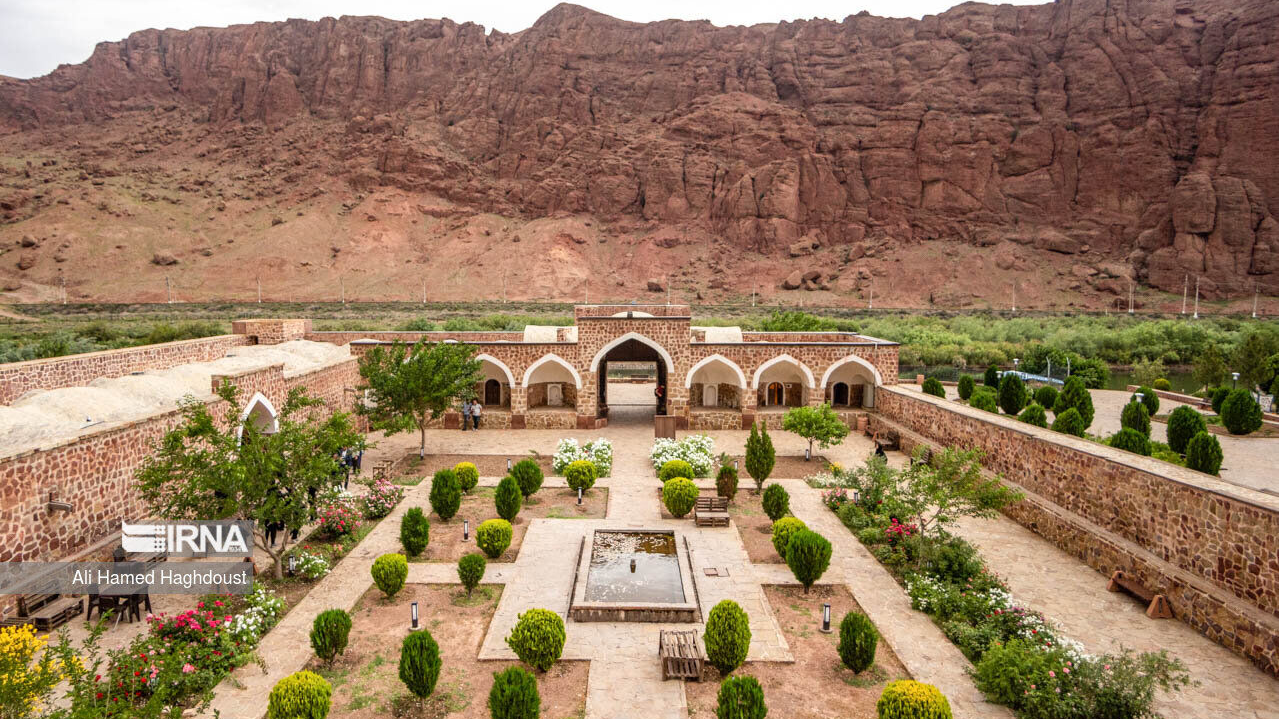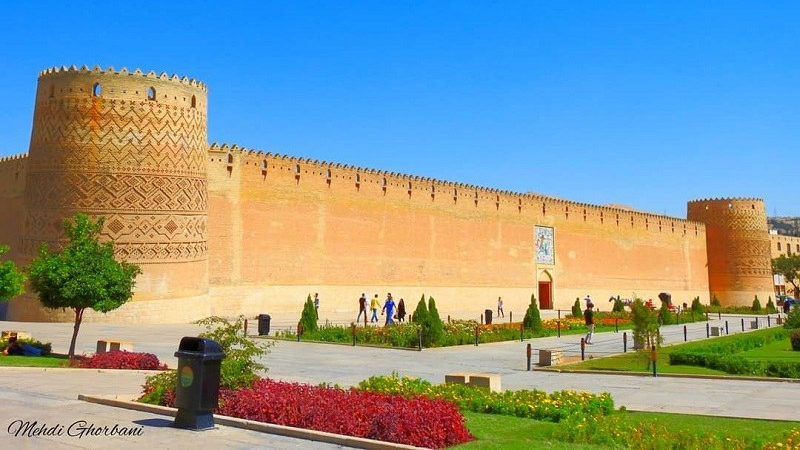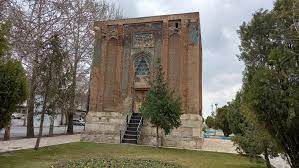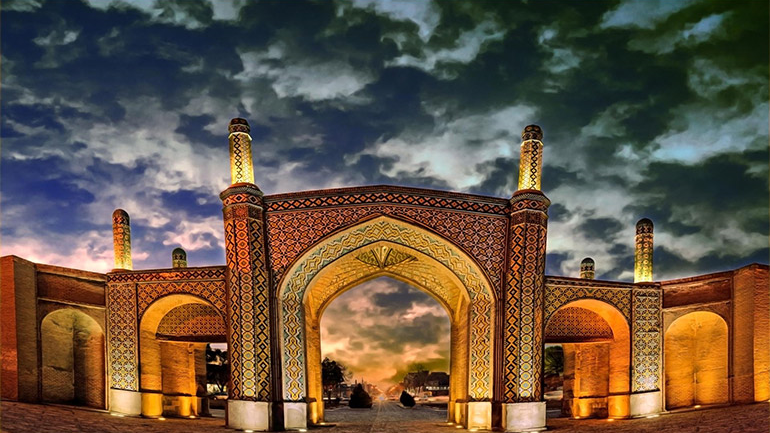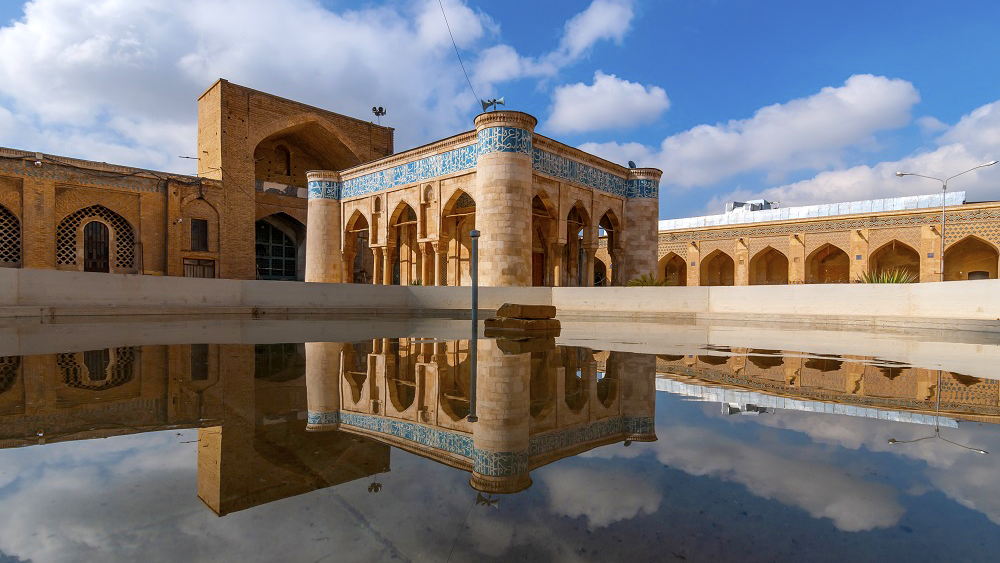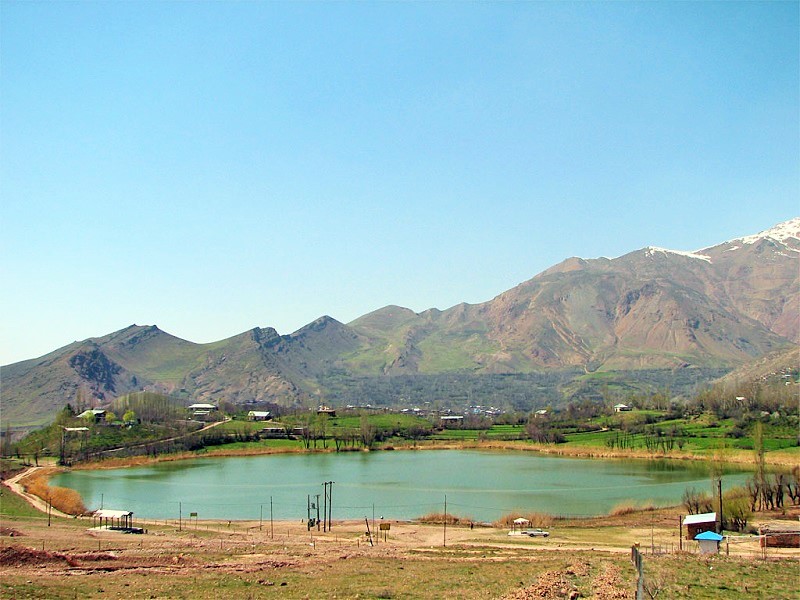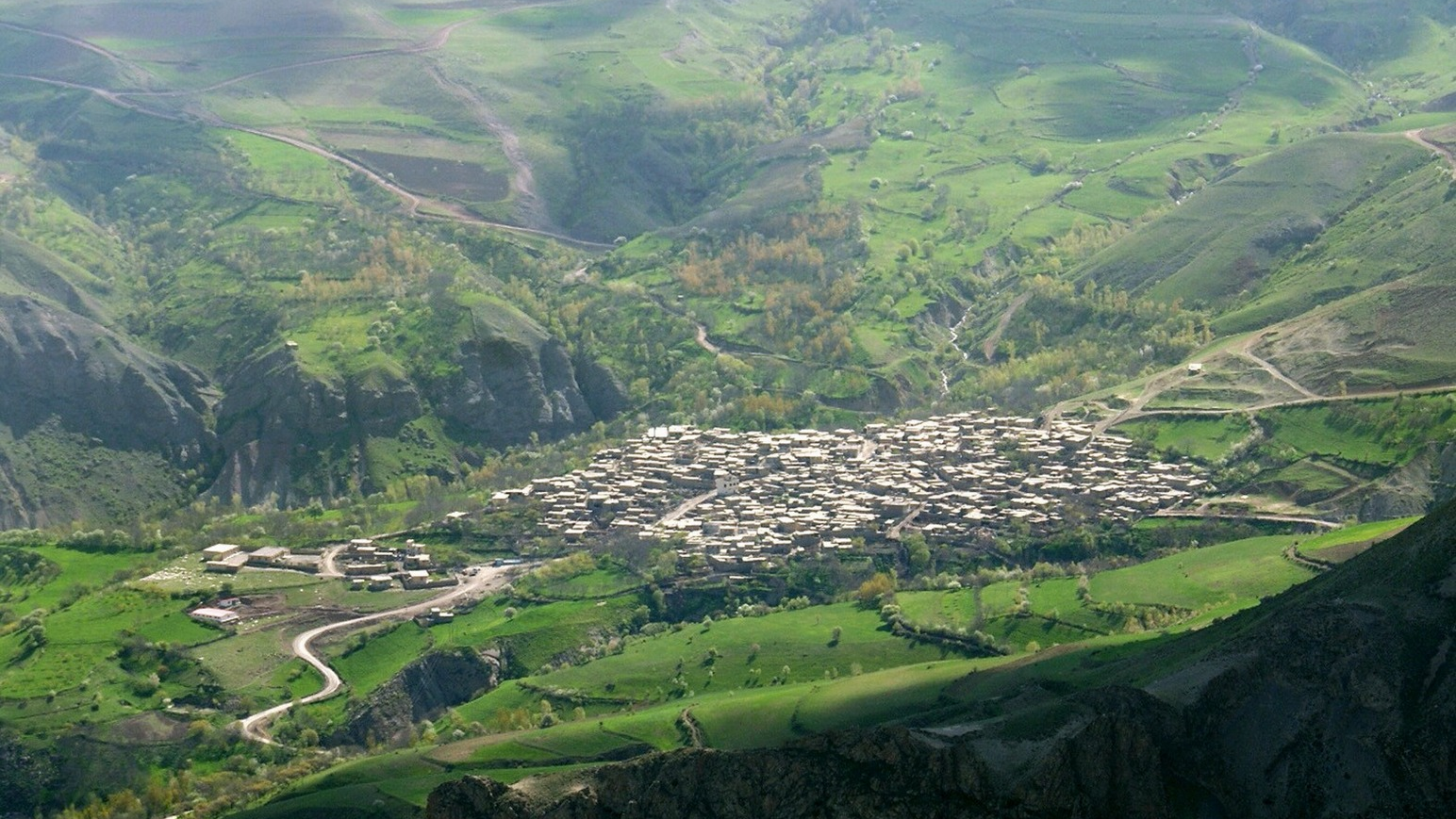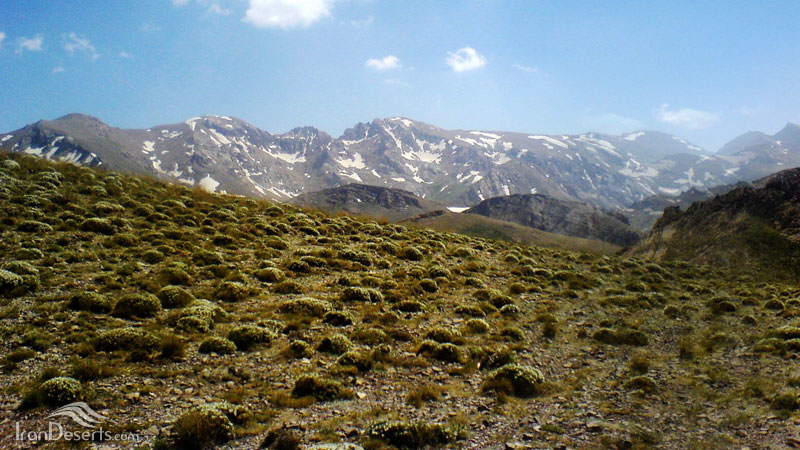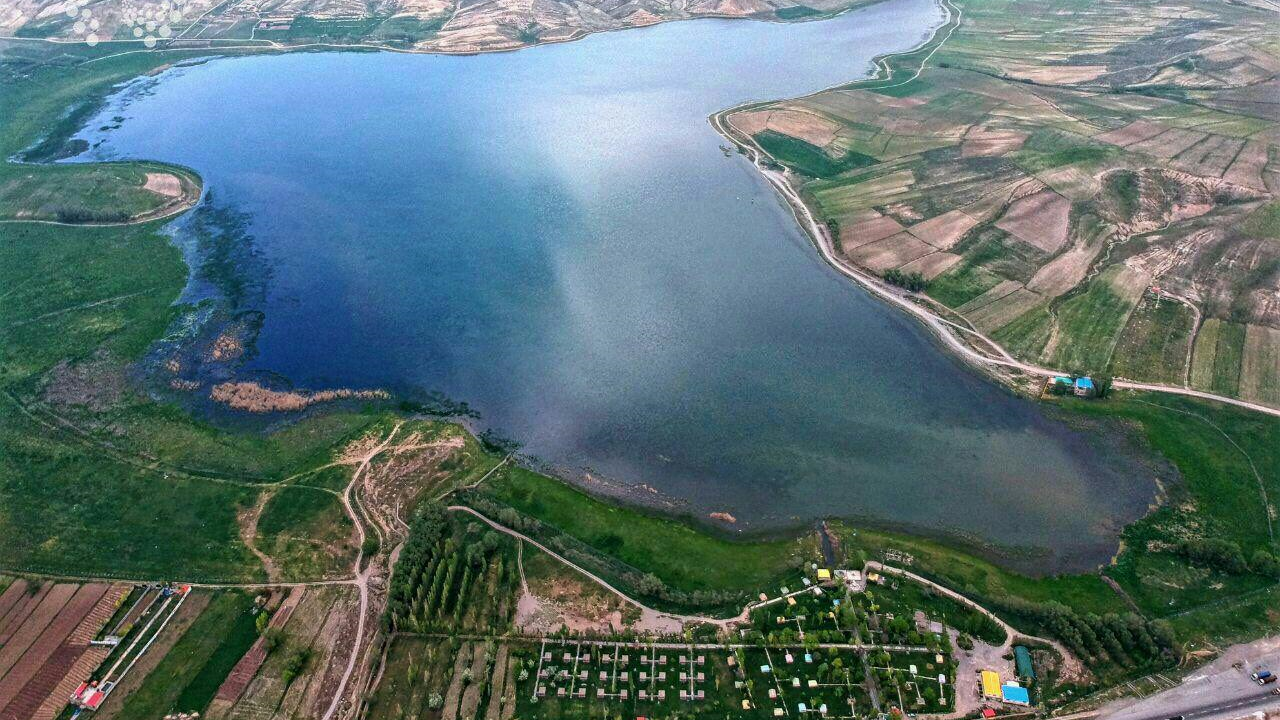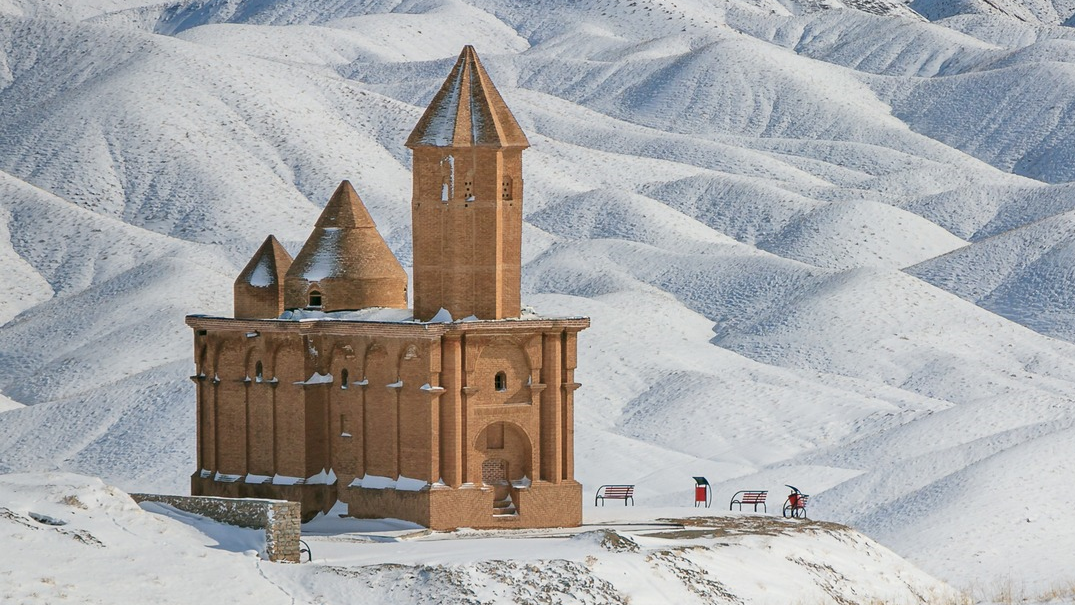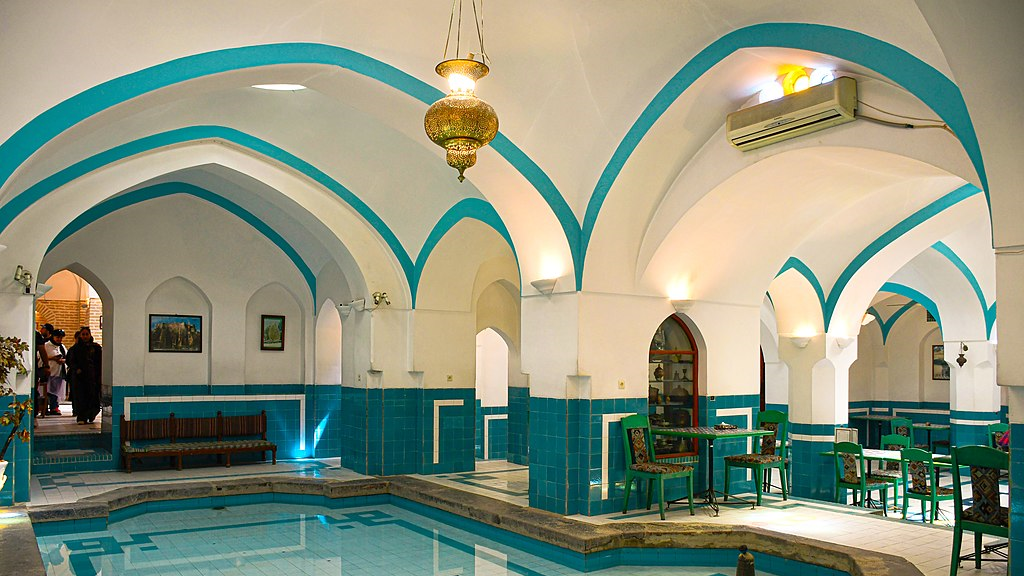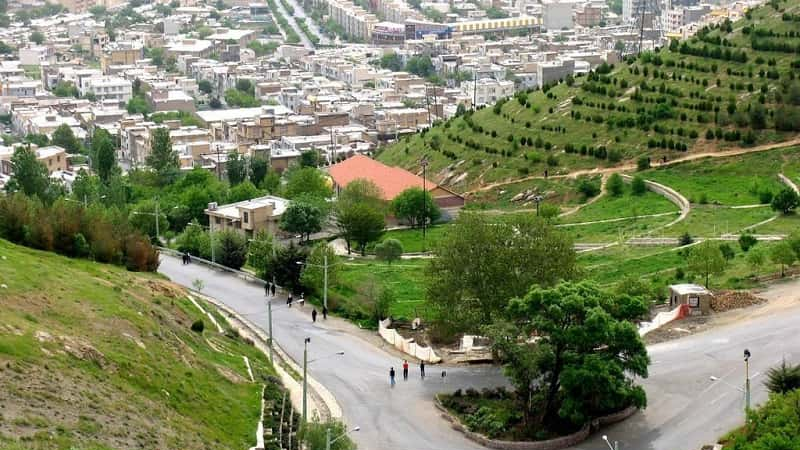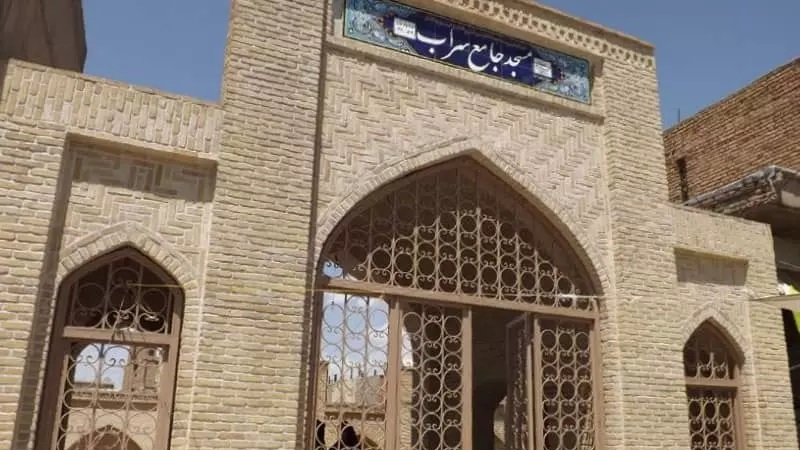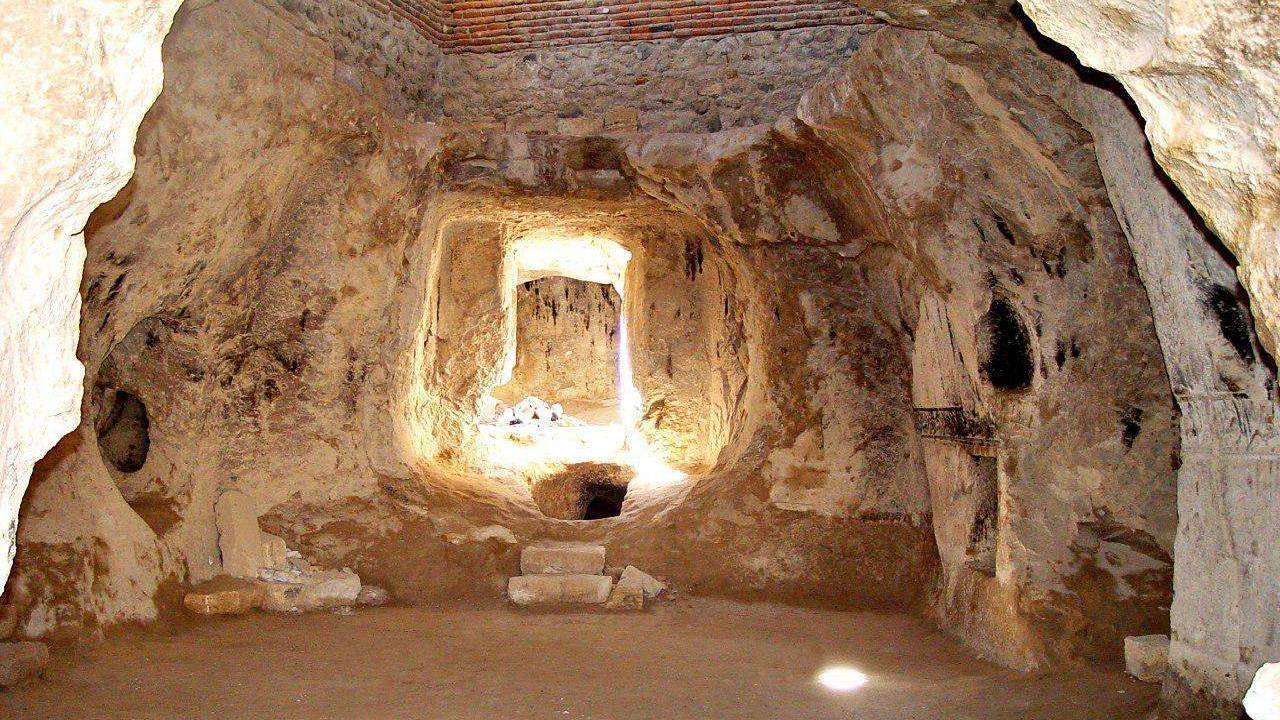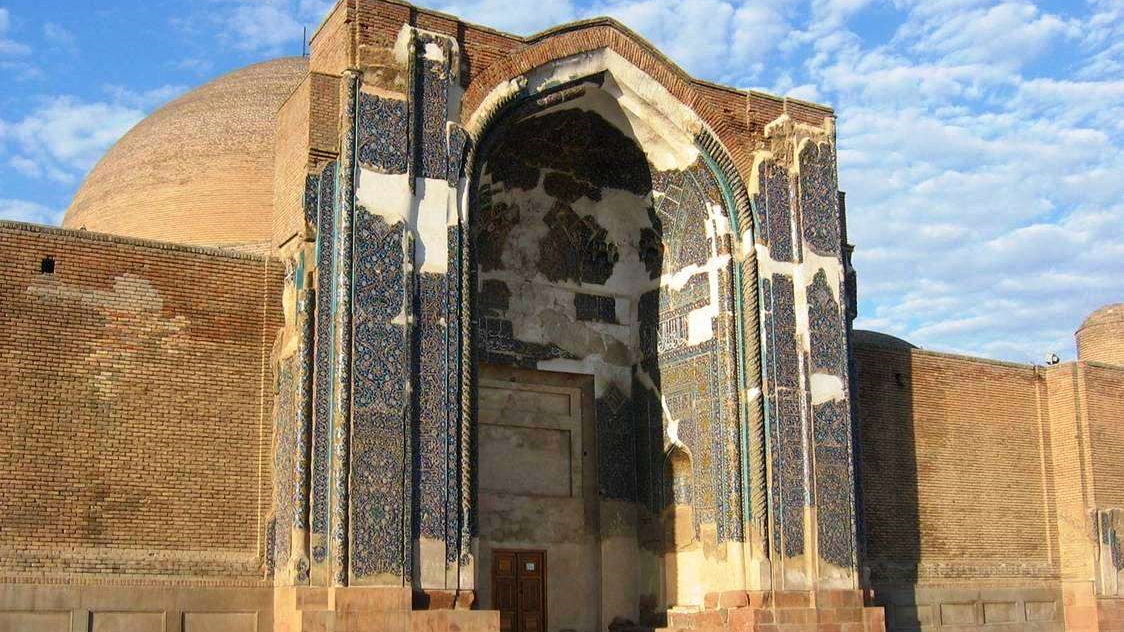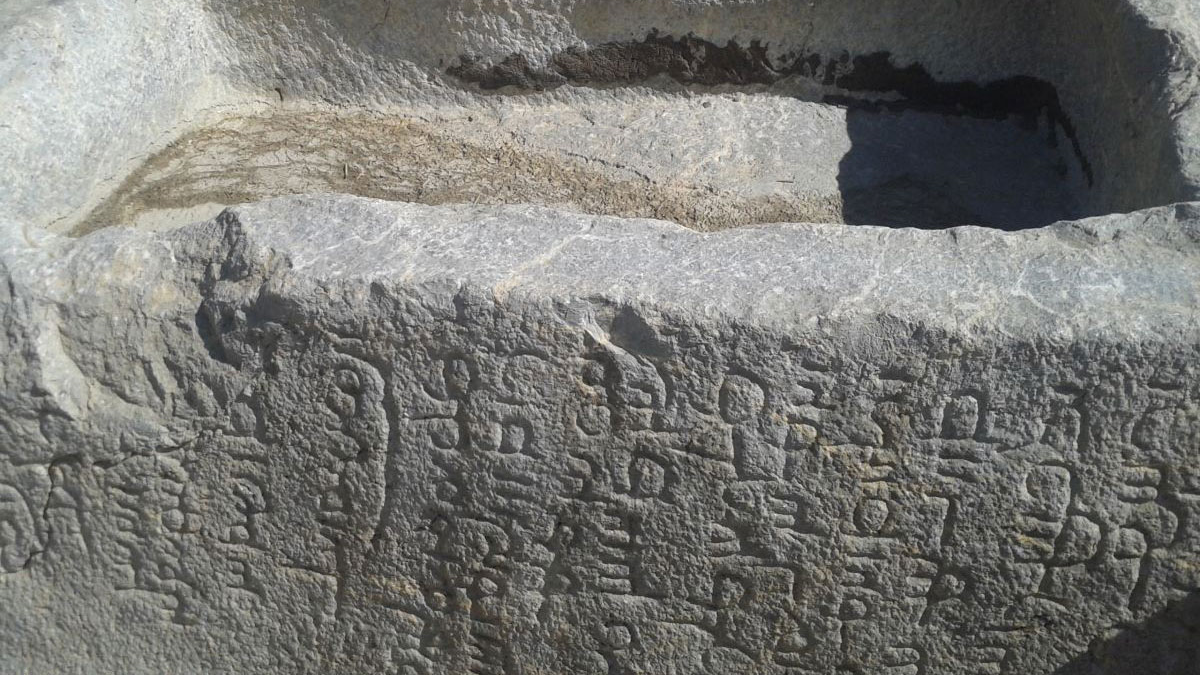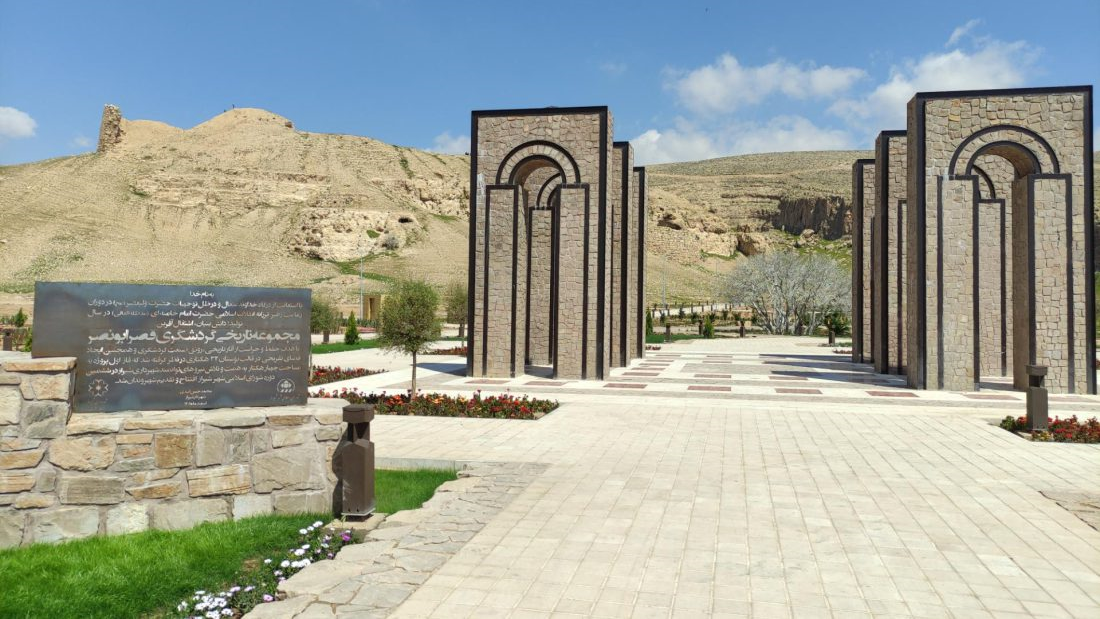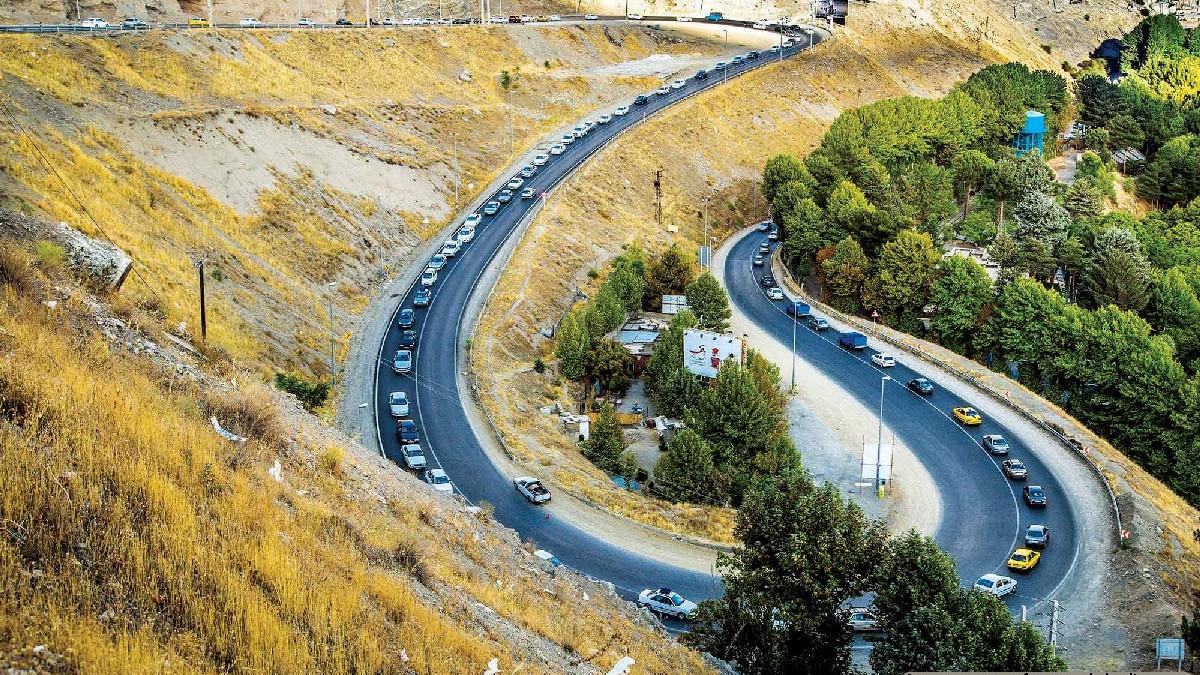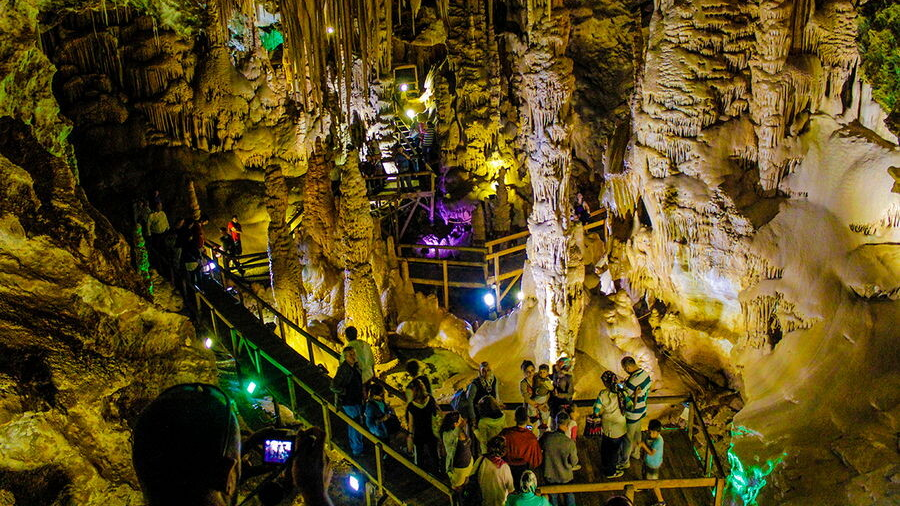
The Palace of Ardeshir Babakan
Located three kilometers away from the Firouzabad City of Fars Province, this palace, which was built 18 centuries ago, is considered one of the most important architectural works of pre-Islamic Iran. It is the oldest building in the architecture of which a dome has been used.
At a short distance from the palace, there is a place that was used for religious rituals during the Sassanid era.
A lake can be seen in the north of this palace and a river also flows in the eastern part of the palace, which used to irrigate the ancient city of Gur (Ardeshir Khoreh).
Where Is the Gur City?
Gur was an ancient city near today’s Firouzabad city, which was drowned by Alexander of Macedonia when during his attack on Iran he failed to enter this city, he changed the route of the nearby river and drowned the city. A few centuries later, Ardeshir Papakan revived this city and named it “Ardeshir Khoreh”. This city was once again destroyed sometime later, after the arrival of Islam in Iran, but ‘Adud al-Dawla of the Dailamite dynasty (reigned 949 to 983 AD) revived it again and named the new city Firouzabad.
History of the Palace of Ardeshir Papakan
Historical evidence shows that this palace was established in the third century CE by the order of Ardeshir Papakan, the first king and the founder of the Sassanid Empire in 224 CE who reigned over Iran until 242 CE.
“Firouzabad Fire Temple”, “Grand Fire Temple”, and “Barin” are the other names attributed to this building. Historians believe that this building was a fire temple to perform Zoroastrian rituals and that is the reason that the details used in the construction of royal palaces cannot be found in this building.
The Main Features of the Palace of Ardeshir Papakan Palace
This palace has several interconnected halls and its plasterworks have remained unchanged after 18 centuries. There are four domed buildings in this monument, which are located in the eastern part of the palace.
The mansion has three main parts:
• A relatively tall porch,
• Three halls, every one of which has a dome-shaped roof, and
• A yard that has one porch on each side that leads to the halls.
The outer walls of the building are very strong and designed without any windows, making this palace look like a castle.
The use of plaster and brick, as the main materials of this building, which were considered expensive materials at the time, indicates the importance of this building. Since plaster hardens quite quickly, it allowed the architect to create arches without a pillar.
Beautiful plasterwork, square columns, and small porches are considered to be the characteristics of Sassanid architecture, which left its impact in the later periods as well.
General Characteristics of Sassanid Monuments
The monuments left from the Sassanid era show that a courtyard next to a dome or quadrangle was one of the architectural principles of that era. The other features of these monuments were arches made of plaster and mud and columns with flat covers. The main structure of the buildings of this period was made of wood and the arch or dome was placed on a square base.
The Influence of the Architectural Style of the Palace of Ardeshir Papakan in the History of Iran
After Alexander of Macedonia conquered Iran (330 BC) and the Greeks ruled Iran for a while, the Achaemenid architecture was gradually forgotten, but with the coming to power of the Sassanids, the Achaemenid architecture was revived. Later on, after the arrival of Islam in Iran, the art of Sassanid architecture also evolved and continued to exist in the structure of the Islamic architecture of Iran.
Palace of Ardeshir Papakan is a National and World Heritage
Due to its historical importance, the Palace of Ardeshir Papakan was inscribed on the list of Iran’s national heritage in 1931 AD. Years later, at the 42nd meeting of UNESCO's Cultural Heritage Committee in 2018, this palace was included in the list of UNESCO World Heritage along with seven other ancient monuments of Firozabad, Bishapur, and Sarvostan under the general title of "Sassanid Archaeological Landscape of Fars Region”.
| Name | The Palace of Ardeshir Babakan |
| Country | Iran |
| State | Fars |
| City | Firozabad |
| Type | Historical |
| Registration | Unesco |
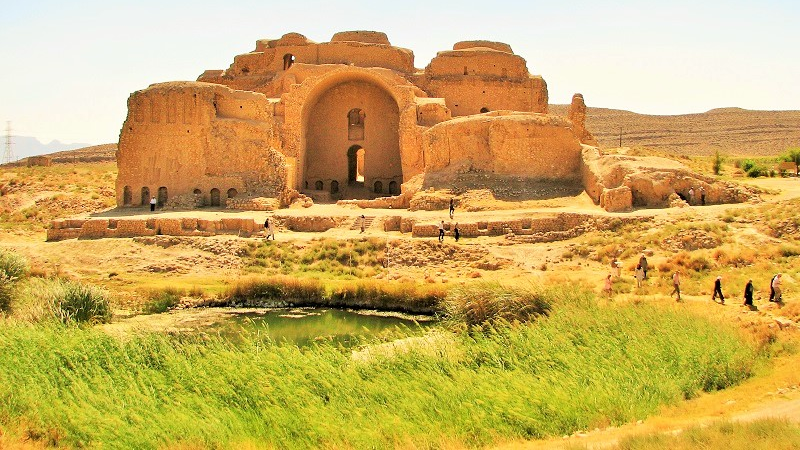
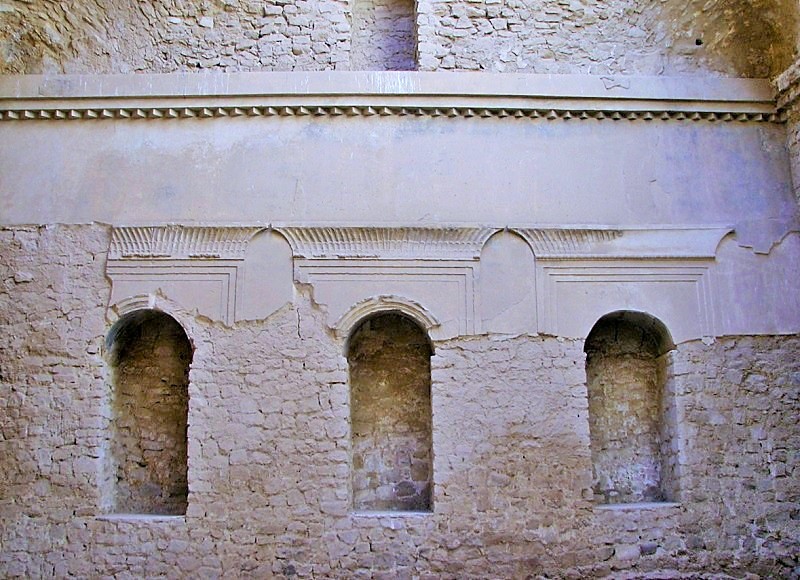
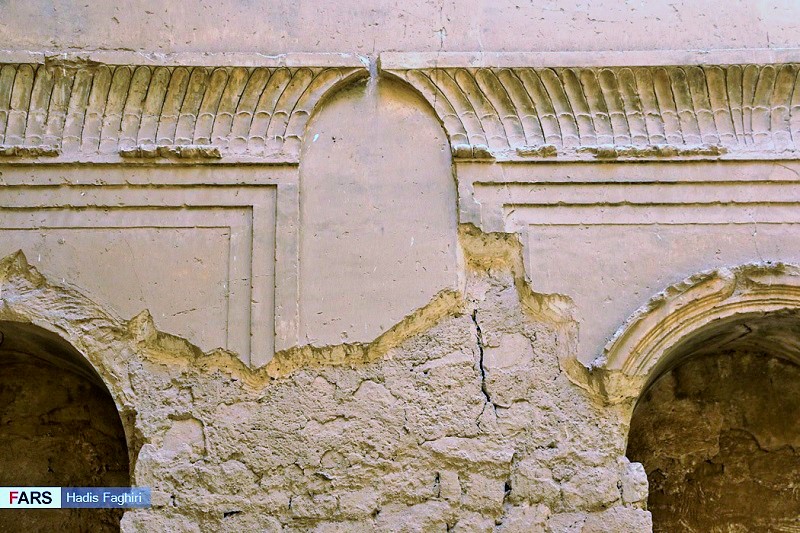
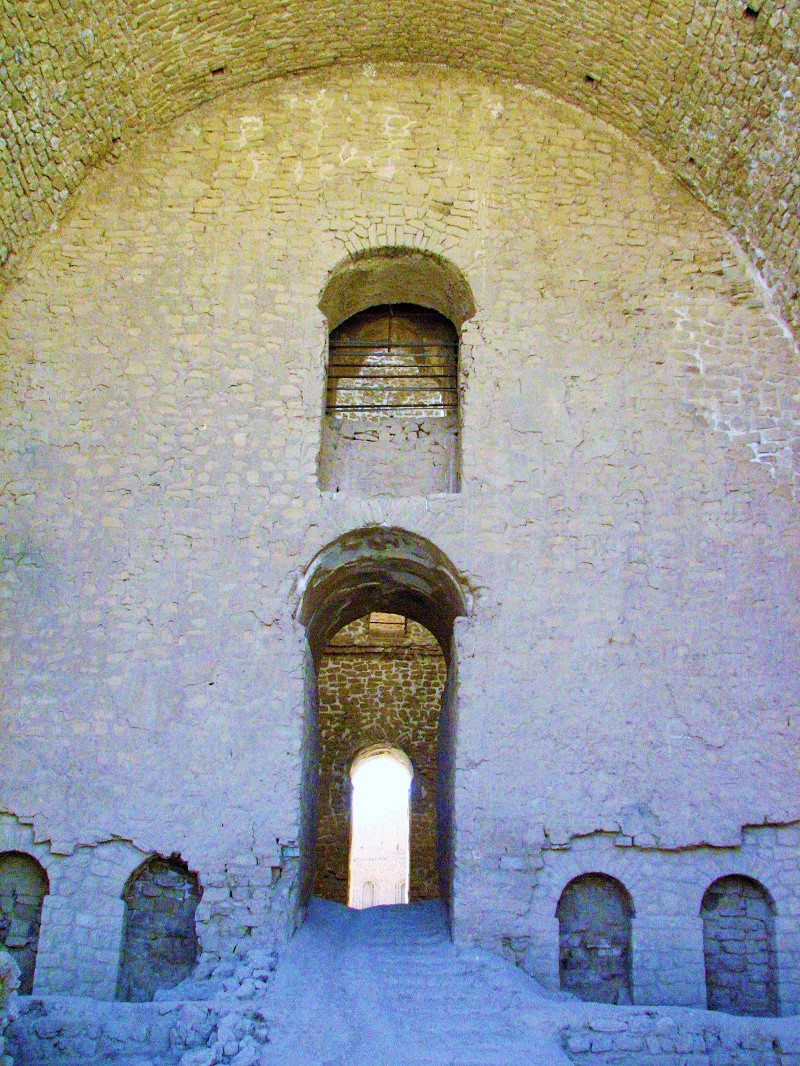





The Palace of Ardeshir Babakan
Palace of Ardeshir Babakan
Located three kilometers from the city of Firouzabad in Fars Province, this palace—built around 1,800 years ago—is regarded as one of the most significant architectural masterpieces of pre-Islamic Iran. It is also considered the oldest known building featuring a dome in Iranian architecture.
A short distance from the palace lies a site believed to have been used for religious rituals during the Sassanid era.
To the north of the palace stretches a lake, while a river flows along its eastern side, which once supplied water to the ancient city of Gur (Ardeshir Khoreh).
Where Was the City of Gur?
Gur was an ancient city located near present-day Firouzabad. According to historical accounts, Alexander of Macedonia flooded the city during his invasion of Iran by diverting the course of a nearby river after failing to capture it by force.
Centuries later, Ardeshir Babakan, the founder of the Sassanid Empire, revived the city and renamed it Ardeshir Khoreh. Following the Islamic conquest of Iran, the city fell into ruin once more. It was later rebuilt by ‘Adud al-Dawla of the Buyid (Dailamite) dynasty (r. 949–983 CE), who called the new city Firouzabad.
History of the Palace of Ardeshir Babakan
Historical evidence suggests that the Palace of Ardeshir Babakan was founded in the 3rd century CE by the order of Ardeshir Babakan (Ardashir I), the first king and founder of the Sassanid Empire (r. 224–242 CE).
Other names, such as the Firouzabad Fire Temple, the Grand Fire Temple, and Barin also know the palace. Many historians believe that the structure originally served as a fire temple for Zoroastrian rituals, which explains the absence of some decorative elements typically seen in royal palaces.
Architectural Features
The palace consists of several interconnected halls, and remarkably, much of its plasterwork has remained intact for nearly eighteen centuries. Four domed chambers are located in the eastern part of the complex.
The building is divided into three main sections:
• A relatively tall entrance porch (iwan),
• Three large domed halls, and
• A central courtyard surrounded by porches on each side leading to the main halls.
The palace’s massive outer walls, constructed without windows, give it the appearance of a fortress. The use of plaster and brick—considered luxury materials at the time—highlights the monument’s importance.
Because plaster hardens quickly, it enabled the architect to construct arches without supporting pillars.
Elegant plaster decorations, square columns, and small porches are characteristic of Sassanid architecture, elements that continued to influence later Iranian architectural traditions.
General Characteristics of Sassanid Architecture
Monuments from the Sassanid period typically feature a courtyard adjacent to a domed chamber or quadrangle, a fundamental architectural principle of the era. Other features include arches made of plaster and mud, flat-roofed columns, and a wooden structural framework supporting the arches or domes, which were often built upon a square base.
Influence on Later Iranian Architecture
Following the conquest of Iran by Alexander of Macedonia (330 BCE) and subsequent Greek rule, Achaemenid architectural traditions were largely forgotten. With the rise of the Sassanids, however, these traditions were revived and refined. After the advent of Islam, Sassanid architectural styles evolved further, profoundly shaping the development of Islamic architecture in Iran.
National and World Heritage Status
Recognizing its exceptional historical and architectural value, the Palace of Ardeshir Babakan was inscribed on Iran’s National Heritage List in 1931 CE.
Later, at the 42nd session of UNESCO’s World Heritage Committee in 2018, it was included—alongside seven other ancient sites in Firouzabad, Bishapur, and Sarvestan—under the collective title:
“Sassanid Archaeological Landscape of Fars Region.”
| Name | The Palace of Ardeshir Babakan |
| Country | Iran |
| State | Fars |
| City | Firozabad |
| Type | Historical |
| Registration | Unesco,National |
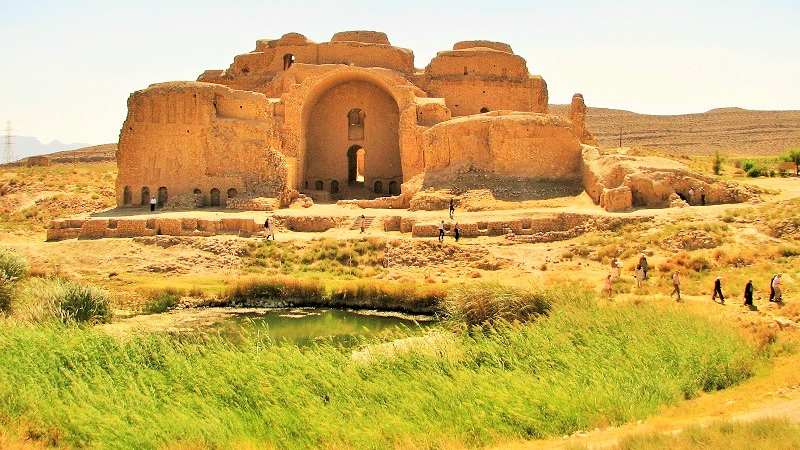
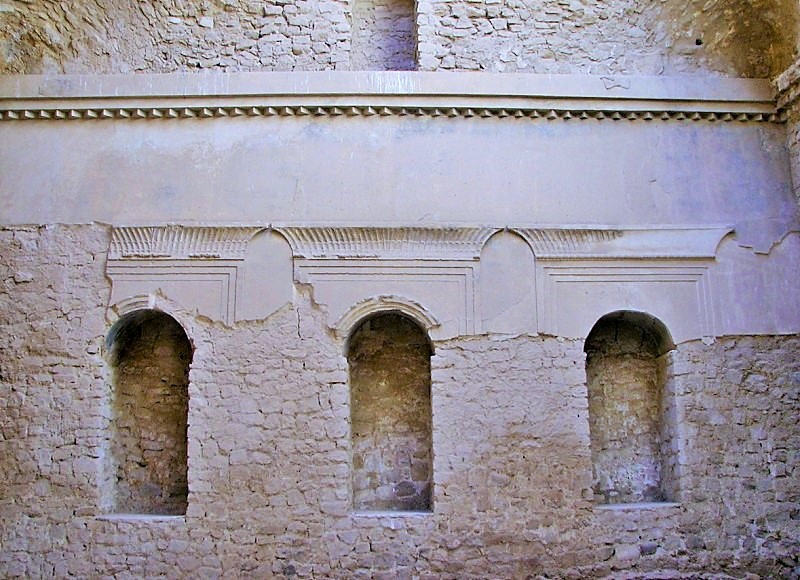
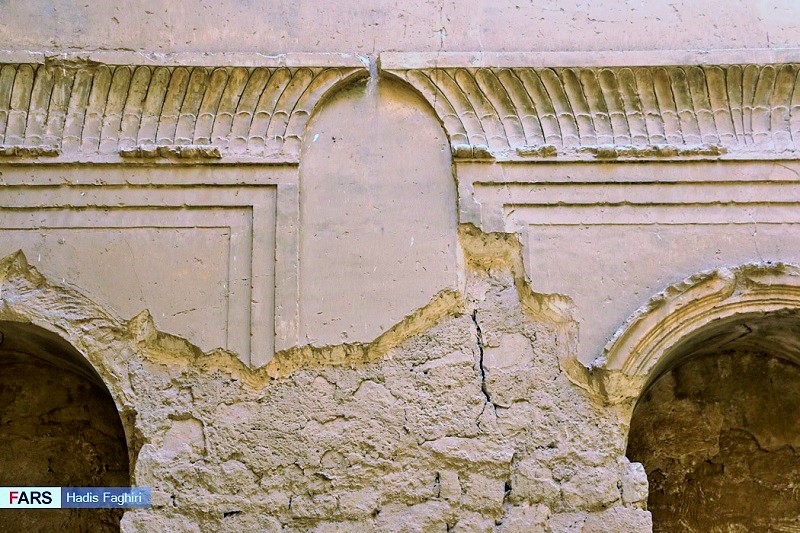
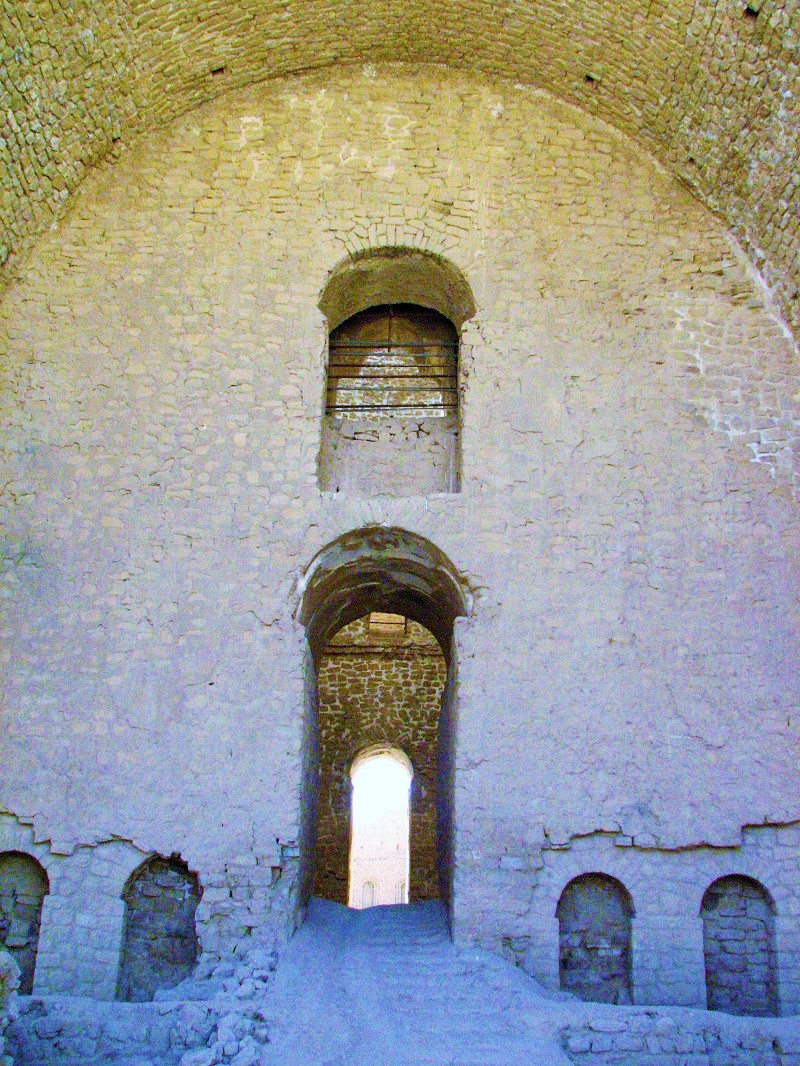




Choose blindless
Red blindless Green blindless Blue blindless Red hard to see Green hard to see Blue hard to see Monochrome Special MonochromeFont size change:
Change word spacing:
Change line height:
Change mouse type:




